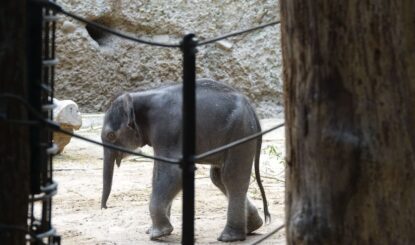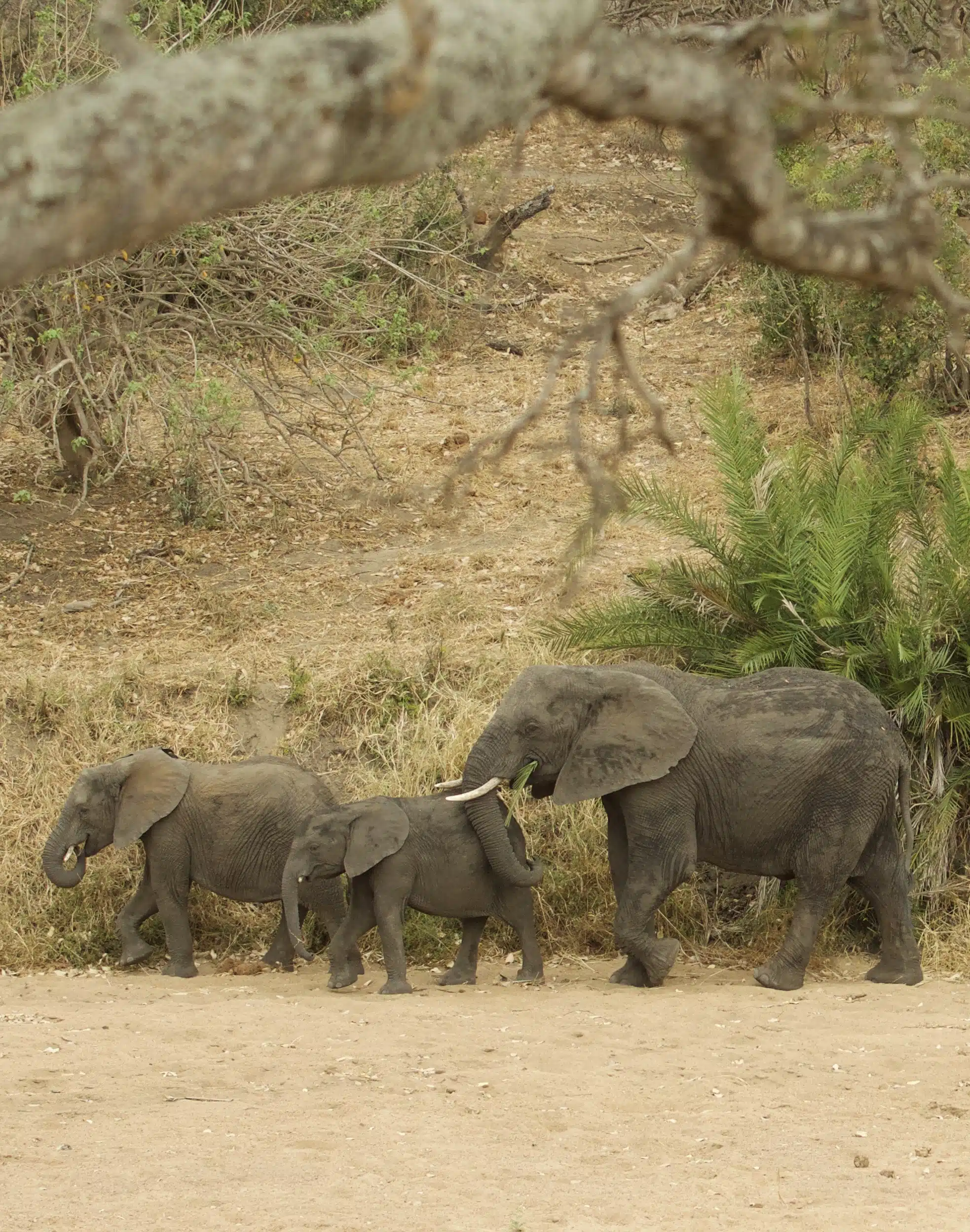EleWatch
A live elephant is worth more than the ivory of a dead one
The issue
The sale of ivory stocks in 1997 and 2008 was supposed to stem the tide of poaching, to aid efforts to protect elephants. Unfortunately, the exact opposite happened: demand for ivory was stoked once more and it triggered an epidemic of elephant poaching over the following few years.
Between 2007 and 2014 alone, at least 144,000 elephants were slaughtered. An unprecedented ecological, economic and social tragedy for the countries of Africa. Elephants are a tourist attraction and an iconic symbol with a corresponding economic value.
Donation form
Our project
The predicament for African elephants, expressed economically, lies in the fact that they continue to be “measured” by the retail value of their ivory, even though this is in reality a black-market value.
Therefore, our goal – again from an economic perspective – is to show that a live elephant is worth far more, year after year, than the one-off proceeds from the ivory sale of a dead elephant, which is taken out of the country anyway by poachers and traders.
For this reason, Fondation Franz Weber is working on an incentive programme for the African “elephant states” to increase the value of live elephants through tourism: “EleWatch”. We are also collaborating on a study of anti-poaching programmes in African reserves in an effort to assess the steps taken and to introduce improvements.
Our goals
- Comprehensive international protection of all elephants living in the wild
- Evaluate anti-poaching programmes in African reserves
- Demonstrate that each live elephant in Africa is worth more, economically speaking, than the ivory from a dead one
News

Animal protection
Basel Zoo euthanises elephant Heri: enough is enough!

Animal protection
Birth of a baby elephant: Zurich Zoo is playing with fire

Animal protection
Fondation Franz Weber saves a small herd of elephants in South Africa
Facts and Figures
* * *






